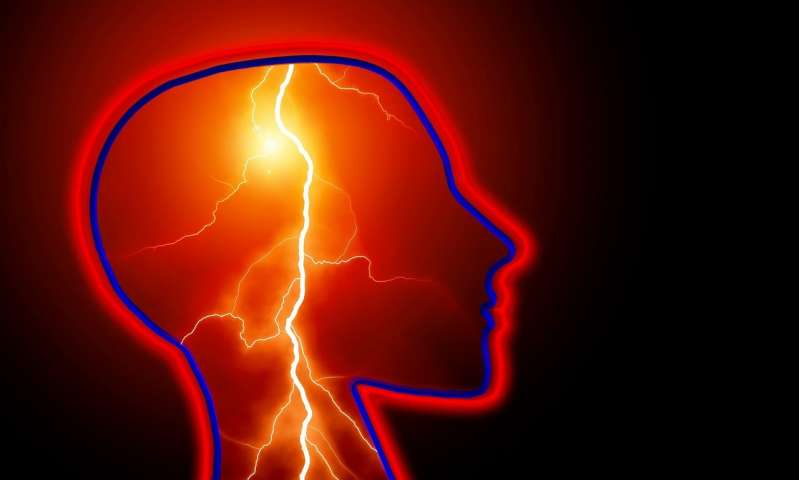Nearly one-third of patients with a stroke of unknown cause have a heart rhythm disorder that can be treated to prevent another stroke. That’s the finding of the NOR-FIB study presented at EHRA 2022, a scientific congress of the European Society of Cardiology (ESC).
In the study, stroke patients had their heart rhythm monitored for 12 months with a tiny implanted device. “More than 90% of stroke patients found to have atrial fibrillation had no symptoms of the heart rhythm disorder,” said study author Dr. Barbara Ratajczak-Tretel of Østfold Hospital Trust, Sarpsborg, Norway. “For many patients, atrial fibrillation would have gone undiagnosed and untreated without the continuous monitoring, putting them at risk of another stroke.”
Most strokes are ischaemic, meaning a blockage stops blood flow to the brain. In approximately one in four ischaemic strokes the cause is undetermined. “The best therapy to prevent another stroke depends on the underlying cause,” said Dr. Ratajczak-Tretel. “Those with atrial fibrillation should receive oral anticoagulants but a definitive diagnosis is needed before these drugs can be prescribed. Atrial fibrillation can be transient and asymptomatic making it difficult to detect.”
The Nordic Atrial Fibrillation and Stroke (NOR-FIB) study examined the ability of continuous heart rhythm monitoring for one year with an implanted device to identify atrial fibrillation in patients with an ischaemic stroke or mini-stroke (transient ischaemic attack; TIA) of unknown aetiology.
The prospective, observational study included 259 patients with no documented history of atrial fibrillation from 18 centres in Norway, Denmark and Sweden. All patients received a cardiac monitor, which was implanted a median of nine days after the stroke or TIA. The device is one-third the size of a AAA battery and was inserted subcutaneously over the heart under local anaesthesia.
Data from the device were transmitted automatically through a secure network to a core lab of two neurologists and two cardiologists and evaluated once a week. When atrial fibrillation lasting at least two minutes was detected, the core lab contacted the patient’s physician who then prescribed oral anticoagulants. Patients were followed up for 12 months.
During the 12-month monitoring period, 74 patients (29%) were diagnosed with atrial fibrillation, of whom 93% were asymptomatic. Oral anticoagulation was recommended for all patients with atrial fibrillation and at 12 months, 72 of 74 patients (97%) were on this therapy.
In the course of follow-up, two strokes occurred in the atrial fibrillation group (both before the first atrial fibrillation episode was detected and anticoagulation initiated) and nine in patients without atrial fibrillation, however the difference was not statistically significant.
Device complications were experienced by three patients (1.2%). One patient had an infection at the implantation site and the device had to be removed. One patient had a skin tear and the device had to be moved to another position. The third patient developed a subcutaneous haematoma (bruising).
Dr. Ratajczak-Tretel said: “In this study, we found that an implantable cardiac monitor was effective for diagnosing underlying atrial fibrillation, which was identified in 29% of patients with a stroke or TIA of indeterminate cause. As the probable cause of the stroke or TIA was detected, these patients were able to start oral anticoagulation. Atrial fibrillation was asymptomatic in most cases and may not have been detected or treated without continuous monitoring.”
European Society of Cardiology


